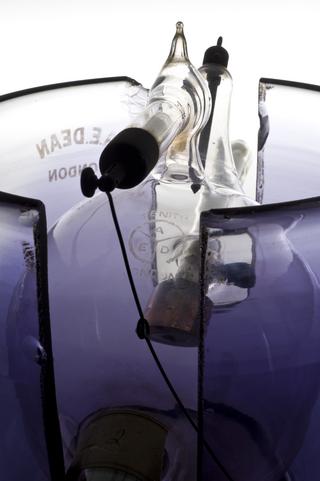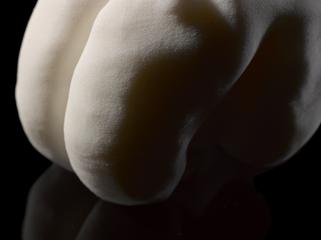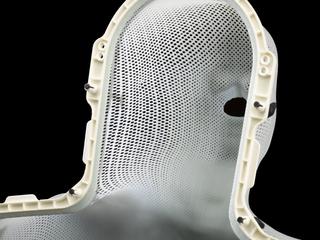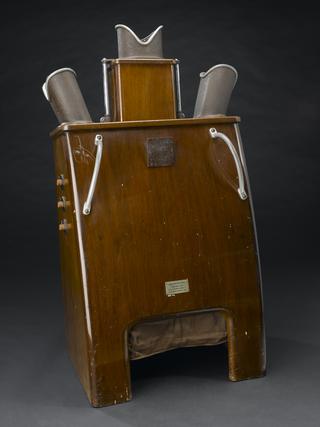
Radium teletherapy apparatus, the radium 'bomb'
- maker:
- Ernest Rock Carling









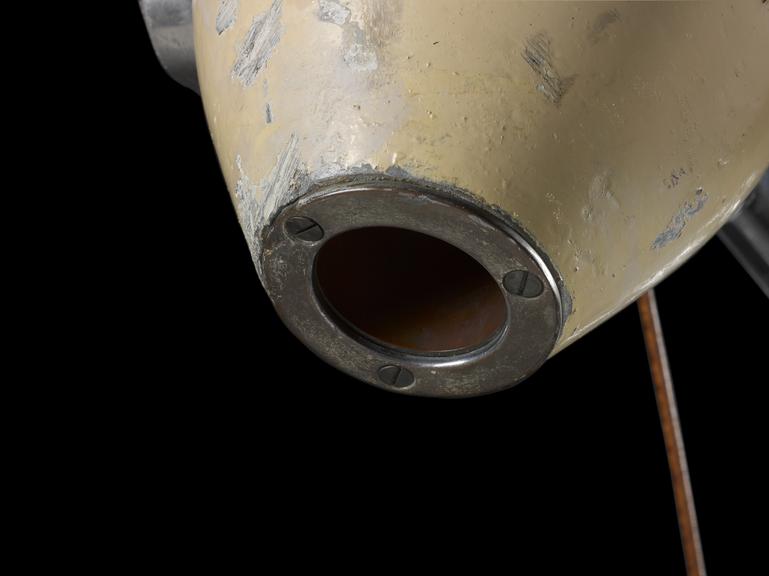
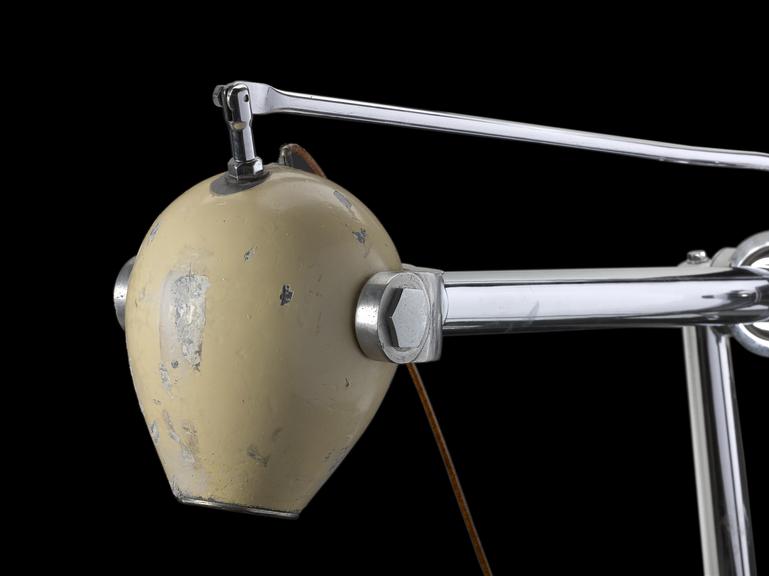

One gramme radium teletherapy apparatus, wheeled (the fourth Westminster Hospital "bomb"), probably made by E. Rock Carling at the Hospital, London, c.1930.
In the 1920s the radioactive element radium was used in a wide range of 'health' products, incluidng radium water and even radium chocolate. These products did more harm than good, but radioactive substances did prove to be beneficial when used in radiotheraphy to destroy cancerous tumours.
This experimental device explored using radiation to treat cancer. It was developed by Ernest Rock Carling, Stanford Cade and Frank Allchin. They knew the device as a radium ‘bomb’. The trio considered one gram of radium held inches from the tumour might be more effective than the usual procedure of placing smaller amounts as close as possible to the cancer in radium-filled needles. The radium was placed in the egg-shaped lead-lined head using a shutter operated by a bicycle break cable. The lead lining prevented harmful radiation affecting healthy tissue. This cancer treatment was known as teletherapy. It involves exposing cancers at a distance to radiation.
This apparatus was made by the hospital’s own workshops. This explains some of the unconventional materials used. The ’bomb’ used the expensive and scarce radium effectively.
Details
- Category:
- Radiomedicine
- Collection:
- Sir Henry Wellcome's Museum Collection
- Object Number:
- A639472 Pt1
- Materials:
- frame, cardboard and cover, glass
- Measurements:
-
overall: 201 mm x 251 mm 224.5 kg
- credit:
- Loan, Wellcome Trust


